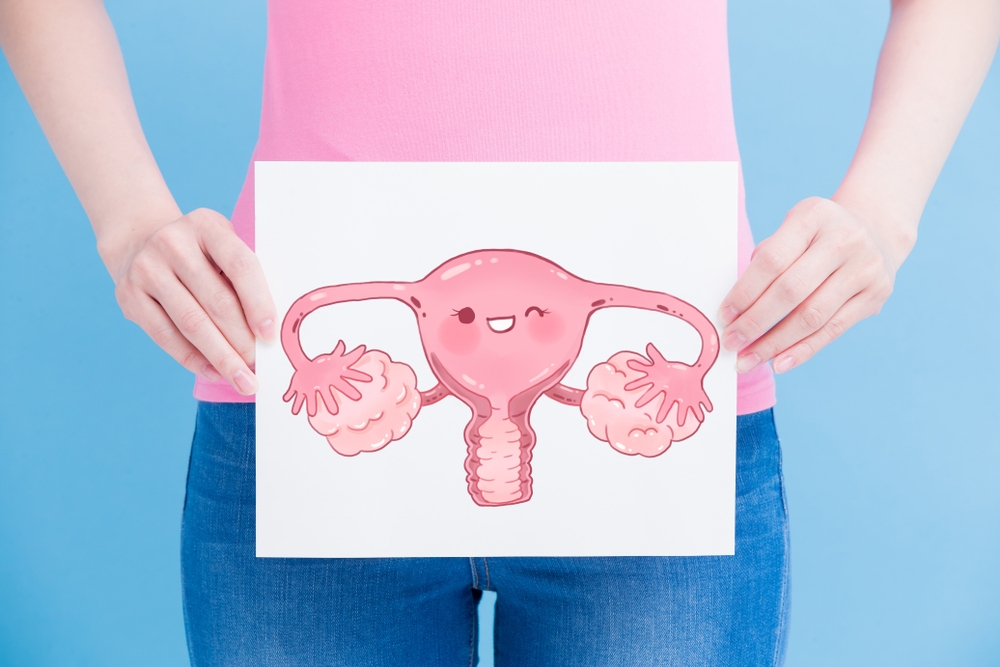
I am Yang Hongmei, chief gynecologist of Clove Clinic. Today, I want to talk to you about [irregular menstruation], which is easy to be ignored by you.
When 26-year-old Ms. Hu (pseudonym) came to see a doctor, her menstruation was dripping and bleeding lasted for more than 20 days, which led to unpleasant sexual life and seriously affected her quality of life.
After careful physical examination, blood drawing for sex hormone examination, B-ultrasound and other auxiliary examinations, Ms Hu was clearly diagnosed as [polycystic ovary syndrome].
Endocrine regulation therapy is carried out by taking progesterone or short-acting contraceptive drugs, etc. At the same time, aerobic exercise is carried out every day in coordination with the adjustment of living rules, low-sugar and low-fat diet.
Do you have these questions, too
In fact, there are not many women like Ms. Hu around us.
When they see a doctor, they will say:
Doctor, my menstruation has not come for 3 months, how to do?
Doctor, this time I have been menstruating for 10 days. The amount of menstruation is still very large. There are large blood clots, which are very scary.
Doctor, during the period of taking contraceptives, menstruation is on time, and menstruation is disorderly when stopping drugs. Then I still need to continue taking drugs?
Doctor, I have no fertility requirements now. Can irregular menstruation ignore it first?
In fact, these are all the questions that [polycystic ovary syndrome] clients have asked me.
[Polycystic ovary syndrome] is what’s disease
[Polycystic ovary syndrome] is a gynecological syndrome characterized by abnormal menstruation, a chronic endocrine disease whose etiology and pathogenesis have not been clearly determined.
It may be related to heredity, environment, emotion, lifestyle, etc.
Normal menstruation is the result of dynamic balance of endocrine reproductive hormones. However, patients with polycystic ovary syndrome will have ovarian follicles that cannot normally develop and mature, ovulate, or rarely ovulate, and eventually will show abnormal menstruation.
What kind of performance can abnormal menstruation have
1. Abnormal frequency of menstrual cycle
Less than 21 days is frequent menstruation, and more than 35 days is rare menstruation.
2. Irregularity of menstrual cycle
The difference in the number of days between adjacent menstrual cycles exceeds 7 days.
3. Abnormal menstrual length
Menstrual period less than 2 days is too short, and menstrual period more than 8 days is too long.
4. Abnormal amount of bleeding during menstruation
Hypomenorrhagia: the amount of menstruation is less than 5 mL; Menorrhagia: The amount of menstruation is more than 80 mL.
What hazards in polycystic ovary syndrome
1. Infertility
Menstruation is rare, menstruation does not come for several months, ovaries do not ovulate, resulting in anovulatory infertility.
50% ~ 80% of patients with polycystic ovary syndrome have infertility.

2. Endometrial lesions
If the ovary does not ovulate and the corpus luteum is not formed, progesterone is lacking.
Estrogen acts on the endometrium for a long time to stimulate the proliferation of the endometrium. No progesterone antagonizes estrogen to protect the endometrium and increases the risk of endometrial lesions, such as atypical hyperplasia of the endometrium or endometrial cancer.
3. Complications
Hyperandrogen symptoms, such as acne and hirsutism on the face; Metabolic abnormalities, such as diabetes, hyperlipidemia, etc.
4. Affecting the quality of life
Irregular menstruation, affected sexual life, infertility and other conditions make women and their families confused, worried and afraid of diseases, affect their spirit, mood and quality of life, and increase the risk of depression.
Therefore, when our female friends have irregular menstruation, we must be vigilant and actively investigate the possibility of polycystic ovary syndrome.
Although the disease cannot be cured by drugs, nor can it be removed or cured by looking for a magic doctor to take a few pairs of drugs, the health and living conditions of normal women can be restored through long-term standardized management by doctors, scientific diet-exercise-behavior correction, standardized medication control, maintenance of the disease and avoidance of complications.
